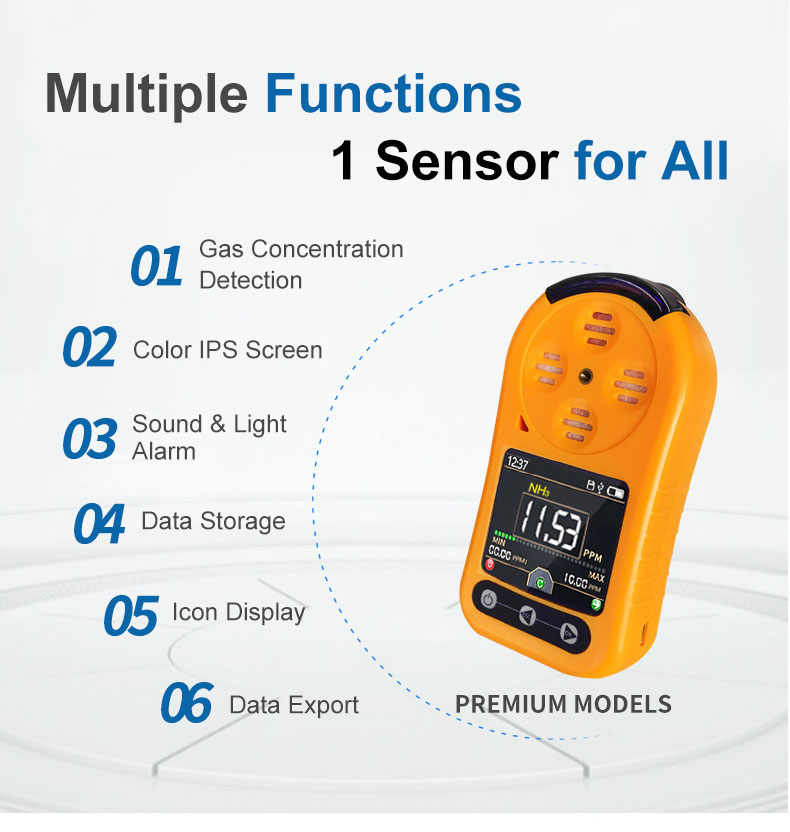Gas Leak Detector
Gas leak detector can lead to serious hazards, including fires, explosions, and toxic fumes. As a result, gas leak detection is essential for anyone who handles or stores gases in their workplace or home. A gas leak detector is an effective tool that helps identify gas leaks early and prevent major incidents. In this article, we will discuss the types of gas detectors, how to use them, and the precautions to take when handling them.

Types of Gas Leak Detectors

- Catalytic Sensors: These sensors detect flammable gases through the oxidation of gases on the sensor’s surface. They are sensitive, reliable, and work well at high temperatures, making them suitable for industrial applications.
- Semiconductors Sensors: These sensors detect gas by changing the electrical conductivity of a metallic oxide when exposed to specific gases. They are relatively inexpensive and easy to operate, making them ideal for home use.
- Electrochemical Sensors: These sensors detect specific toxic gases, such as carbon monoxide or carbon dioxide, through electrochemical reactions. They are highly sensitive, accurate, and durable but expensive and require regular calibration and maintenance.
- Photoionization Detectors (PID): These detectors detect volatile organic compounds (VOCs) by ionizing gases with ultraviolet light. They are used in industries where volatile organic compounds are present, such as printing and automotive manufacturing.
How to Use a Gas Leak Detector
- Familiarize yourself with the type of gas leak detector you have and its specifications. Read the manufacturer’s instructions carefully before using the device.
- Turn on the detector and wait for it to warm up. Some detectors require calibration to ensure they are accurate.
- Place the detector close to potential gas leak sources, such as valves, piping joints, or appliances that use gas.
- Slowly move the detector around and check different areas for gas leaks. Pay attention to any audible or visual alarms from the detector. Keep in mind that some detectors may require a few moments to detect gases fully.
- If the detector emits an alarm or shows readings, evacuate the area immediately and call for professional assistance. Avoid turning off any gas sources nearby unless you have turned off all potential ignition sources.
Precautions When Handling Gas Leak Detectors
- Always wear protective equipment, such as gloves and safety goggles, when handling gas leak detectors.
- Do not expose the device to extreme temperatures, pressure or humidity, as this can damage the sensors.
- Regularly calibrate the detector according to the manufacturer’s instructions to ensure accurate readings.
- Properly store the detector after use in a safe and dry environment.
Conclusion
Using a gas leak detector is an essential safety measure that can prevent disastrous incidents. By understanding the different types of detectors, their workings, and precautions when handling them, individuals can protect themselves and their environment from hazardous gas leaks. It is crucial to remember that gas leaks can be dangerous and lethal; therefore, one should never take gas safety lightly.